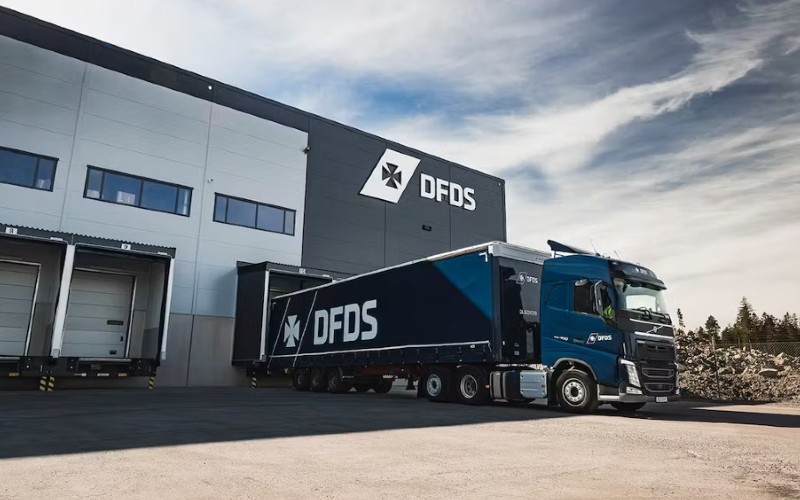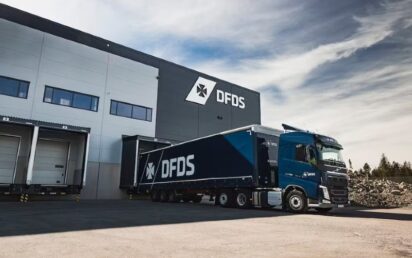In the big picture of global commerce, efficient warehousing solutions play a pivotal role in ensuring seamless supply chain operations. Understanding the nuances of warehousing, differentiating it from mere storage, and comprehending its impact on logistics and the supply chain is crucial for businesses aiming to stay competitive.
In this blog, we will learn everything about warehousing, from exploring its relationship with logistics to comparing various logistics and supply chain solutions. Stick till the end and learn how to choose the best warehousing solutions.
What is Warehousing?
At its core, warehousing refers to the systematic storage and handling of goods and materials within a designated facility. This facility, commonly known as a warehouse, serves as a strategic node in the supply chain, facilitating the receipt, storage, and dispatch of products. Warehousing encompasses a range of activities, including inventory management, order fulfillment, and often includes value-added services such as packaging and assembly.
Warehousing vs. Storage
While the terms warehousing and storage are sometimes used interchangeably, they carry distinct meanings. Storage primarily involves keeping goods in a designated space until they are needed. Warehousing, on the other hand, involves a more comprehensive approach, incorporating strategic planning, organization, and management of inventory to optimize the flow of goods through the supply chain. Warehousing goes beyond static storage; it involves dynamic processes that contribute to the overall efficiency of the supply chain.
Warehousing Logistics
Warehousing logistics refers to the integrated management of warehousing activities within the broader scope of supply chain logistics. This includes the optimization of storage space, efficient handling of goods, and the implementation of advanced technologies to streamline operations. Automation, robotics, and sophisticated warehouse management systems (WMS) are increasingly becoming integral components of warehousing logistics, enhancing accuracy, speed, and overall efficiency.
Warehousing and Your Supply Chain
The impact of warehousing on the supply chain cannot be overstated. Warehouses act as strategic nodes that bridge the gap between production and consumption, ensuring a smooth flow of goods. An effectively managed warehouse can minimize lead times, reduce costs, and enhance customer satisfaction. The location of warehouses in proximity to key markets also plays a crucial role in optimizing transportation costs and delivery times.
5 Logistics and Supply Chain Solutions Compared
1. Centralized Warehousing: Concentrating inventory in a single location allows for economies of scale and streamlined management. However, it may result in longer transportation lead times to certain regions.
2. Decentralized Warehousing: Distributing inventory across multiple locations reduces transportation lead times but requires careful coordination to prevent inefficiencies and excess inventory.
3. Cross-Docking: This strategy involves transferring goods directly from inbound to outbound transportation, minimizing the need for storage. It accelerates the flow of goods but requires precise coordination.
4. Drop Shipping: In this model, goods are shipped directly from the manufacturer to the end consumer, bypassing the need for warehousing. While it reduces inventory holding costs, it may limit control over the fulfilment process.
5. Just-in-Time (JIT): JIT aims to minimize inventory by receiving goods only as they are needed in the production process. It requires precise coordination between suppliers and manufacturers but reduces holding costs.
6 Important Criteria to Choose a Warehousing Solution
1. Location: The strategic placement of warehouses in proximity to suppliers, manufacturers, and key markets is essential for minimizing transportation costs and optimizing delivery times.
2. Technology Integration: A modern warehousing solution should leverage advanced technologies such as RFID, automation, and WMS to enhance efficiency, accuracy, and visibility into inventory levels.
3. Scalability: As businesses grow, their warehousing needs evolve. Choosing a solution that can scale with the growing demands of the business is crucial for long-term success.
4. Security and Compliance: Warehouses should adhere to strict security standards to protect valuable inventory. Compliance with industry regulations and standards is also crucial for avoiding legal complications.
5. Cost-effectiveness: Balancing the cost of warehousing services with the benefits they provide is essential. A cost-effective solution should contribute positively to the overall bottom line.
6. Flexibility and Adaptability: The ability to adapt to changing market conditions, seasonal fluctuations, and emerging trends is a key criterion for selecting a warehousing solution that can stand the test of time.
Conclusion
Understanding the distinction between warehousing and storage, recognizing the impact of warehousing on logistics and the supply chain, and carefully evaluating different solutions are essential steps for businesses seeking to optimize their operations. By considering factors such as location, technology integration, scalability, security, cost-effectiveness, and flexibility, businesses can choose warehousing solutions that align with their unique needs and contribute to sustained success in the dynamic world of modern commerce.


